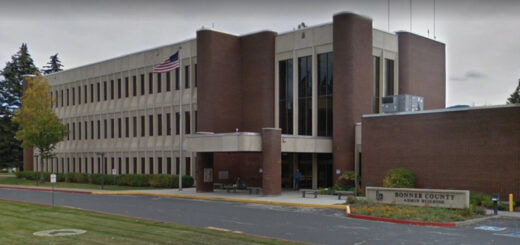Gardening with Laurie:
By Laurie Brown
Reader Garden Columnist
Autumn is officially here, which means some plants will start putting on a colorful show. The colors we see in the leaves now are actually there all year; they are just masked by the green chlorophyll. As the days grow shorter, plants stop replacing chlorophyll, and it fades and the other colors can be seen. The timing of fall color depends more on day length than it does on temperature, although cool weather with no frost encourages good color formation. Temperatures below freezing will cause the leaves to stop production of pigments. When it gets very cold, only tannin, which is brown, stays in the leaves, which gives us those brown oak leaves that stay on the trees most of winter. A cloudy autumn will result in dull colors, especially if the temperatures are warm. Soil moisture can also affect the leaves; not enough water early in the growing season can cause early leaf drop- they will drop before they have time to color up. 
The first plants we think of for fall color are the trees. In the Northwest, we don’t have the large array of deciduous trees that exist in the east, so our hills don’t turn those glorious colors. But a good number of them will grow here if planted. Maples are the first tree everyone thinks of for fall color, and a lot of them can grow here. Sugar, red, silver, trident, Norway, sycamore, amur, our native Rocky Mountain maple and Japanese maples will all grown here. The amur, native, and Japanese maples are small enough for city yards. Many of Sandpoint’s street trees are Norway maples. The Norway and amur maples drop huge numbers of seeds, all of which seem to germinate. They are easily mown over in the lawn or pulled out of flower beds—except, of course, when you don’t notice one for months and it’s two feet tall when you go to pull it. Other colorful trees are larch, birch, sumac, gingko, some oaks, horse chestnut, smoke tree/bush and mountain ash, which has bonus red berries in fall.
For lower growing color, there is the red twig dogwood, whose leaves turn purple in fall- the variegated variety is exceptionally nice-, both oak leaf and PG hydrangeas, blueberry bushes (marvelous color AND edible!), barberries, ‘Goldflame’ spirea, and the highbush cranberry (a viburnum), which has great green, gold, red and orange all at the same time along with red berries that are theoretically edible but in reality will about eat the enamel off your teeth. The one we all think of first, the burning bush, has great color and turns early, but the leaves don’t stay on very long. Virginia creeper, that brilliant scarlet climber, has the same problem.
Perennials aren’t usually thought of as having fall color, but a few do color up. Peonies will frequently get very nice gold and orange colors and the leaves are great in cut flower arrangements when they turn. Some years they just turn brown… I have no idea why. Amsonia, the blue star plant, shines again in fall by turning a bright, clear yellow. ‘Ring of Fire’ heuchera gets a red zone in the leaves in autumn. Hostas will usually turn yellow. The hardy geranium sanguineum turns deep red. Some grasses, like miscanthus and feather reed grass, turn yellow instead of brown, and look striking with their plumes- a look that stays until they are beaten down by snow.










 Coming up this week! Don’t miss Live Music, the Summer Sampler, the Art Party, Monarch Grind, the Sandpoint Renaissance Faire, and more! See the full list of events in the
Coming up this week! Don’t miss Live Music, the Summer Sampler, the Art Party, Monarch Grind, the Sandpoint Renaissance Faire, and more! See the full list of events in the 